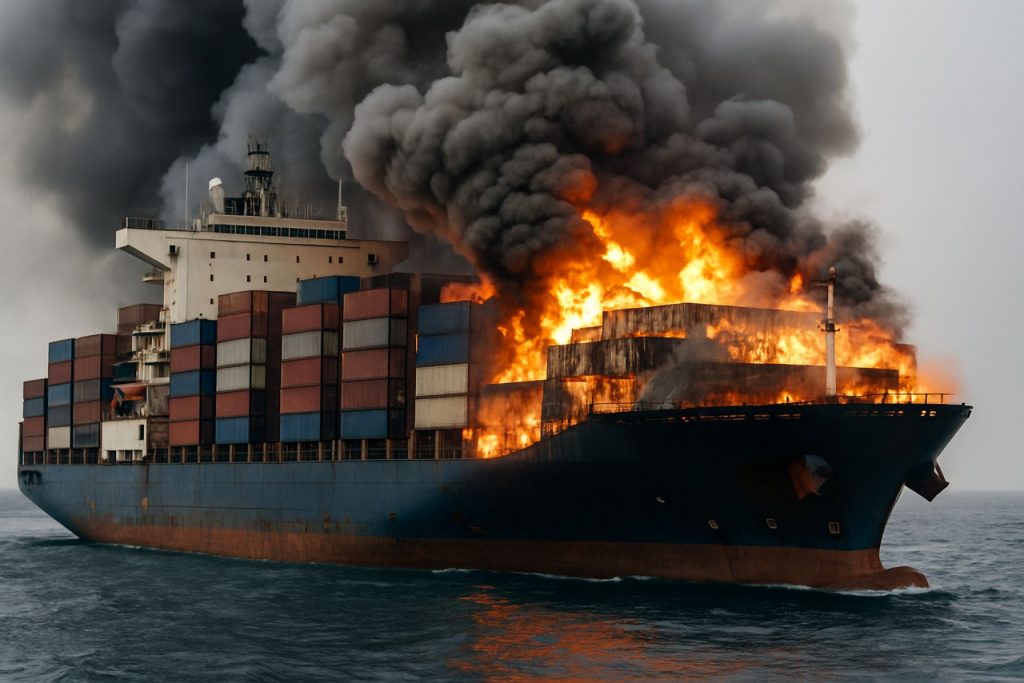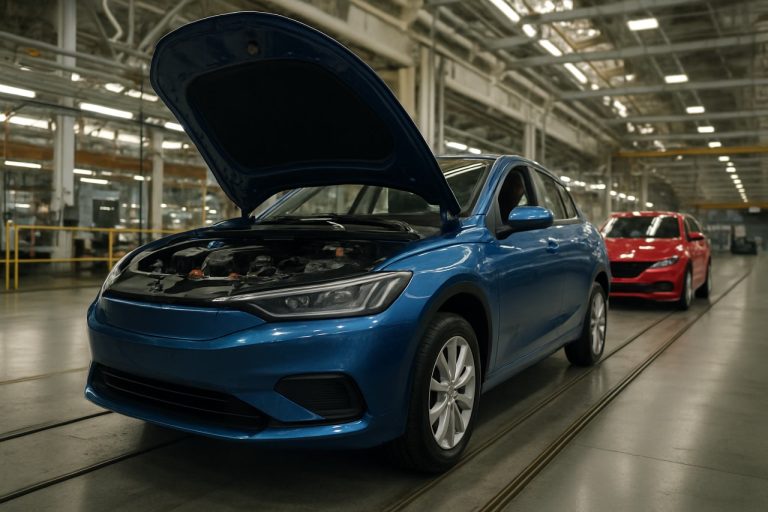
Cargo Ship Blaze Leaves 3,000 Cars at Sea—Are EVs the Next Shipping Risk?
A fiery disaster aboard an auto carrier triggers safety fears and sparks calls for tougher rules on lithium battery EV transport in 2025.
- 3,000 vehicles stranded at sea after ship fire
- 800+ electric vehicles (EVs) onboard
- 100% of crew evacuated safely
- Rising global shipments of EVs in 2025
A devastating fire erupted on the cargo vessel Morning Midas, leaving thousands of cars in peril and reigniting global fears around electric vehicle safety at sea.
The ship, loaded with nearly 3,000 vehicles—including about 800 state-of-the-art EVs from top Chinese manufacturers—burst into flames during its Pacific crossing from China’s bustling Yantai port to Mexico. As thick smoke billowed from the decks, the entire crew was forced to abandon ship, but, remarkably, all members were rescued without injury.
But as charred hulls and lost shipments dominate headlines, industry leaders and regulators find themselves grappling with a pressing question: Are current safety protocols enough for a new age of electric mobility?
Reuters and Bloomberg report that the Morning Midas disaster piles fresh urgency onto calls for tougher international standards for shipping electric vehicles, especially those powered by volatile lithium-ion batteries. The incident closely follows similar blazes—including last year’s eco-car catastrophe near the Dutch coast—casting a spotlight on what insiders call a mounting “hidden risk.”
Q: What Caused the Fire on Morning Midas?
While the initial spark remains unknown, authorities suggest lithium batteries might play a pivotal role. The chemistry powering EVs allows for massive energy storage—but in rare cases, damaged or improperly handled batteries can fail catastrophically, sparking hard-to-control fires.
Shippers and insurers alike have raised alarms, describing EVs as a game-changer for the marine industry. Today, fires onboard are more challenging to extinguish and can spread with frightening speed, leaving little room for error.
How Are Shipping Regulations Changing for EVs in 2025?
Industry experts and maritime authorities already push for stricter protocols. Some recommend specialized fire suppression systems and dedicated EV containment zones on carriers. Others urge mandatory crew training and upgraded emergency procedures.
As EV exports from China, Europe, and the US surge in 2025, global shipping giants scramble to adapt. Companies now invest in enhanced sensors, thermal cameras, and battery insulation, aiming to outpace regulatory crackdowns. Many insiders expect bodies like the International Maritime Organization to introduce stricter guidelines within the next year.
Check the latest shipping and transport policies at the official International Maritime Organization website.
Q: What Does This Mean for EV Buyers and the Car Market?
The ripple effect could reach dealerships and showrooms worldwide. If insurers raise premiums or governments enforce new protocols, car prices and delivery timelines might jump. But analysts also point to a silver lining: safer, more robust supply chains as automakers and shippers step up their safety game.
Stay tuned to authoritative automotive sources like Automotive News as the story develops.
How to Ensure Safe Shipping of EVs: Key Steps
– Only transport EVs with batteries inspected and certified for sea travel
– Isolate electric vehicles below deck—never mix with other flammable cargo
– Equip ships with advanced fire detection and suppression tech
– Train crew extensively on lithium battery fire response
– Adhere to evolving international codes and best practices
Don’t wait for another disaster. Whether you’re a shipper, auto dealer, or buyer, demand safety and transparency at every step of the EV journey.
Shipping Safety Checklist
- Verify battery integrity before loading
- Use advanced fire suppression systems
- Train crew in emergency EV response
- Monitor compliance with IMO standards
- Review insurance and emergency evacuation plans



